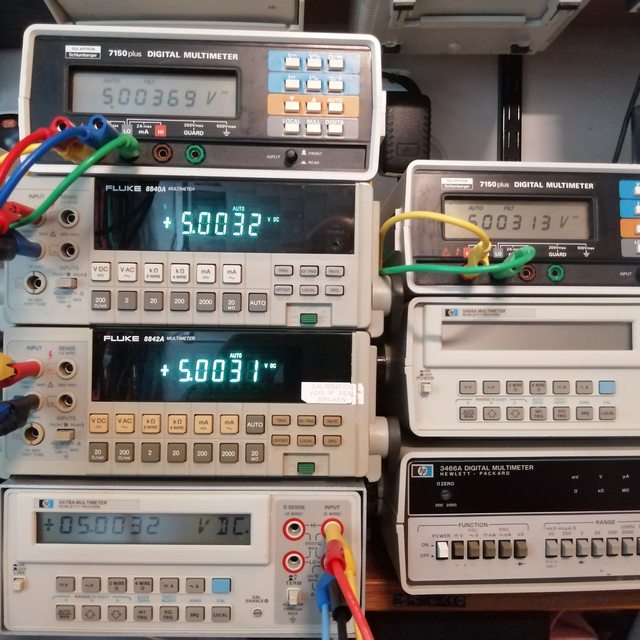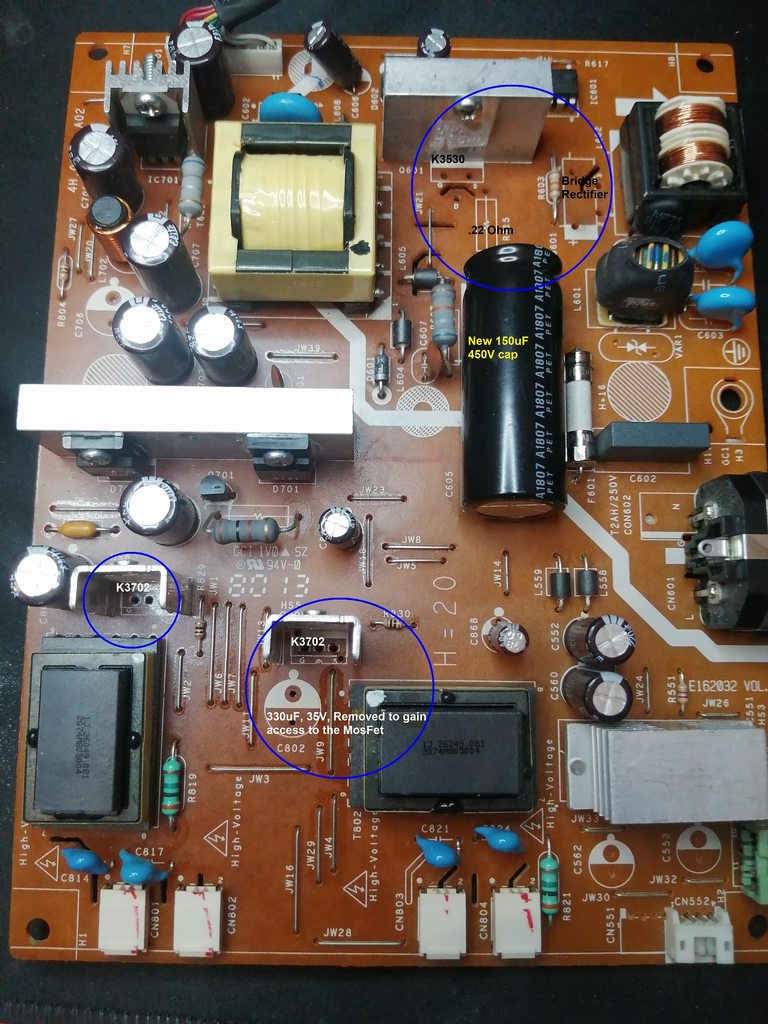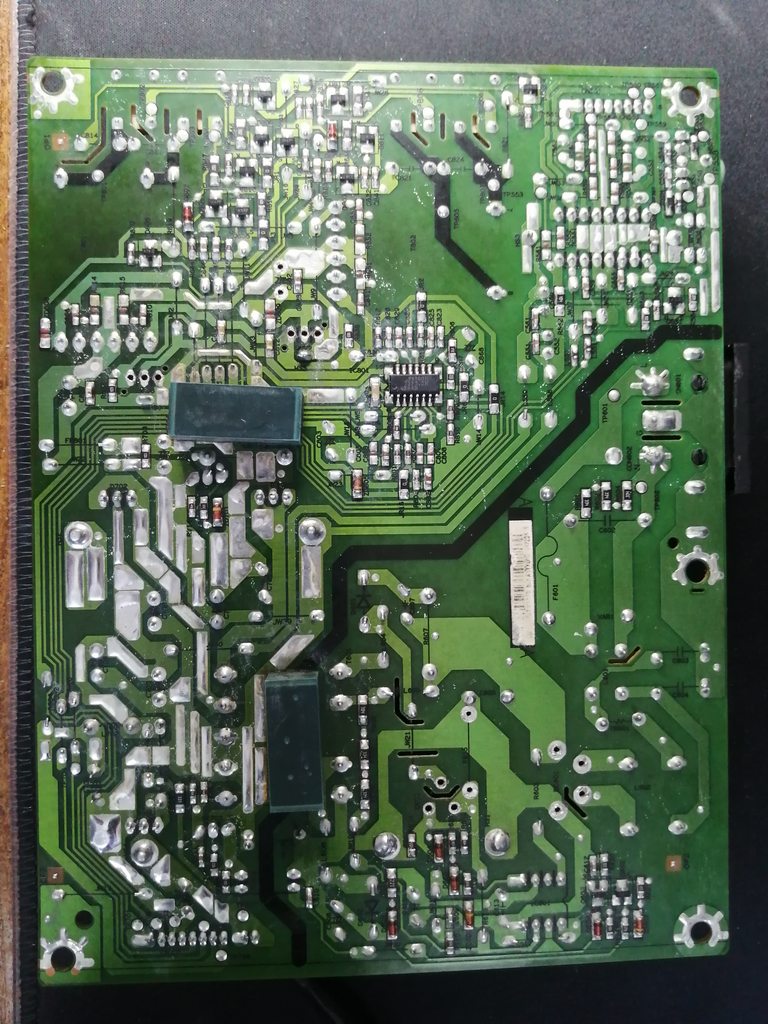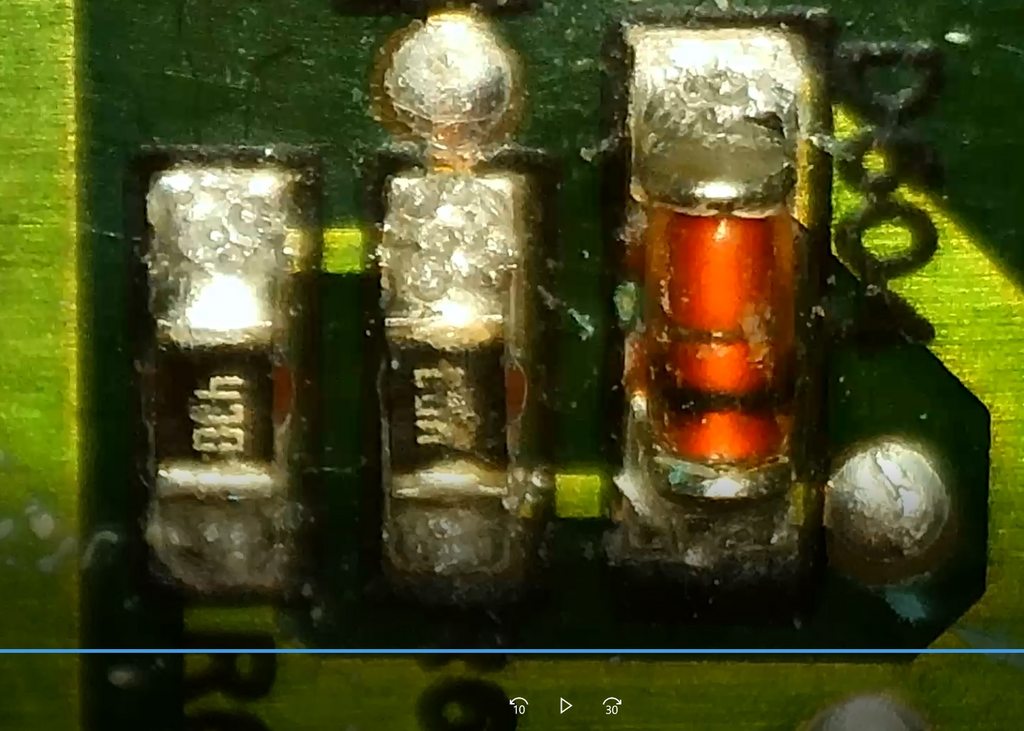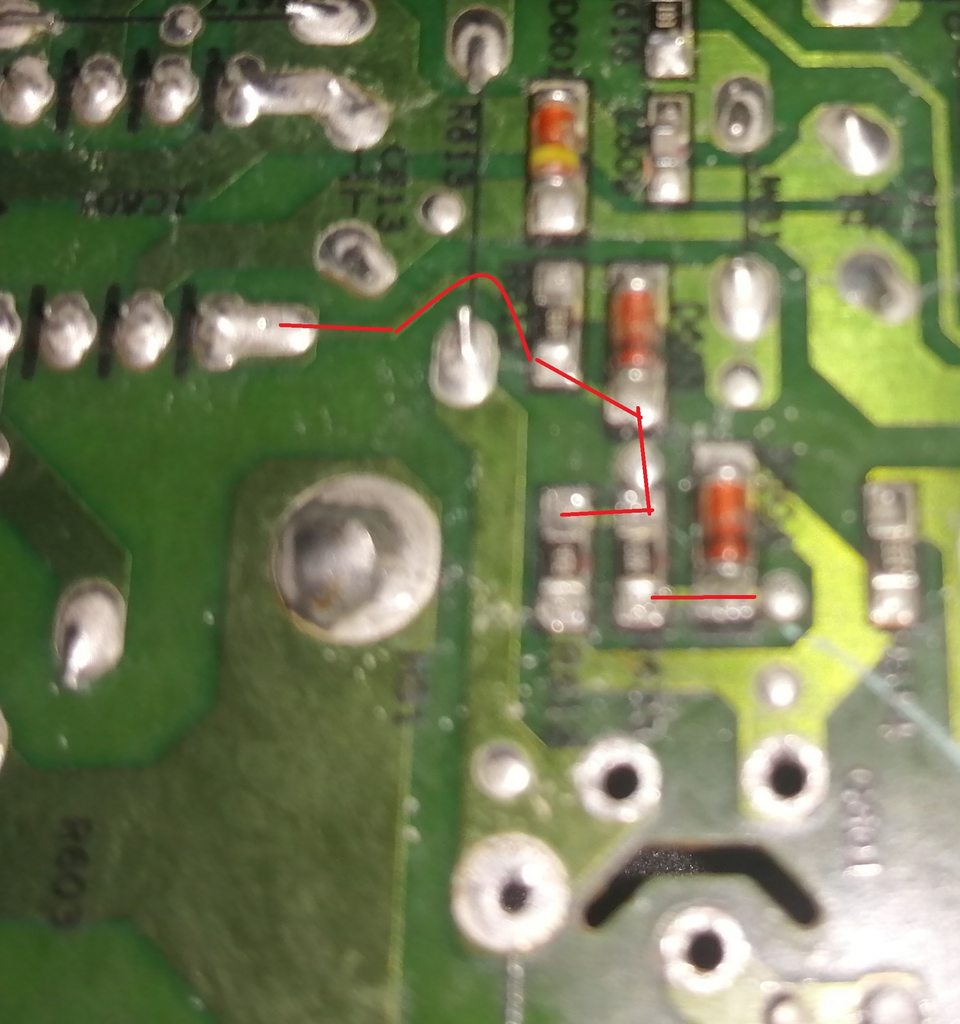Hi everyone, I have my son's computer monitor on the bench, which is a bit sick. It was working fine and then the screen displayed coloured lines, and then it died. It is a Asus VW195.
It had a blown main smoothing cap 120uF 450V and had also blown the T2 fuse, I have since replaced both, and was unable to see any further damage or signs of stress, so I powered it up and yes, there was fizzle and sparks visible for a split second. T2 fuse has again blown, smoothing cap is fine, there is 0.22 ohm resistor which is now open circuit connected to the negative of the smoothing cap and the other end is connected to the source pin of a blown K3530 MosFet.
Does anyone have or can point me in the direction of where I might be find a service manual for this monitor as around the area of the MosFet there is some SMD parts and I need to check those out and need the schematic in order to verify if the values are correct with my readings?
Thanks.
It had a blown main smoothing cap 120uF 450V and had also blown the T2 fuse, I have since replaced both, and was unable to see any further damage or signs of stress, so I powered it up and yes, there was fizzle and sparks visible for a split second. T2 fuse has again blown, smoothing cap is fine, there is 0.22 ohm resistor which is now open circuit connected to the negative of the smoothing cap and the other end is connected to the source pin of a blown K3530 MosFet.
Does anyone have or can point me in the direction of where I might be find a service manual for this monitor as around the area of the MosFet there is some SMD parts and I need to check those out and need the schematic in order to verify if the values are correct with my readings?
Thanks.
